‘The Last Earth: A Palestinian Story’ Is a Decolonization of the Palestinian Narrative – Book Review

Ramzy Baroud speaking before a packed lecture theater at Imperial College, London. (Photos: Jehan Alfarra, MEMO)
By Yoav Litvin, Ph.D.
In The Last Earth: A Palestinian Story (Pluto Press, 2018), Ramzy Baroud — a Palestinian American journalist, author and editor of The Palestine Chronicle — lays out the remarkable journeys of four men and four women whose lives are inextricably tied to Palestine — its history, culture, tragedy and people.
At times reminiscent of the storytelling of the iconic Gabriel García Márquez, Baroud mingles past, present, dreams and fantasy to forge a document that demands respect and rejects pity — even (and especially) when presenting the cruelest of realities and humiliations.
Exile
In a manner that skillfully internalizes the different personalities of his eight heroes, Baroud interweaves the true stories of a host of characters into distinct episodes cast in a variety of locations throughout the world, ranging from Australia to Europe to Palestine and beyond. Baroud writes, for instance, that:
The first generation were assigned the “refugee” title and were forced to keep it until most of them died in exile. Never given a chance to see their homes again, they hoped their children would heal their wounds one day, so they passed on keys to homes that no longer existed, deeds to lands that were harvested by strangers, and memories that were too heavy to bear. They grew old speaking of the loved ones they left behind, and the deceased whose fate left scars in their hearts, and how they would do anything to go back to sit under those roofs made of branches that never quite kept the winter rain away.
Throughout the pages of The Last Earth, readers learn the stories of numerous generations of Palestinians and their recurring confrontation with various manifestations of exile, beginning with the primordial crime of the Nakba of 1948, and onward to the characters’ refugee status then, now and in between, and the inescapable estrangement Palestinian immigrants experience in an adopted locale that never truly feels like home.
Together, these stories comprise a Palestinian narrative of struggle, love, solidarity, tragedy, pain, fear and pride. Baroud writes that:
The war and Nakba followed, but when Sabir settled with his family in Burqin, he adamantly refused to be identified as a refugee. For he had not been driven out by war, but by his own conscious decision to join the resistance and shield his family from the vengeance of the Zionists and their British benefactors. Yet without any document recognizing him or his family as refugees, Sabir received no aid of any sort. Going back to the land and focusing on everyday survival was not only about fulfilling his physical needs to obtain food and nourishment, it was also an attempt to resurrect hope.
A People’s History
Modern, AKA “Western” history has been traditionally conveyed by the victors, i.e. dictated from a position of privilege. Hand-in-hand with the physical brutality of ethnic cleansing and genocide, colonial historians have served to justify a particular narrative of exploitation and oppression at the expense of a people’s history, which is propagated via a culture of storytelling that preserves an Indigenous intelligence.
It is this sort of Native storytelling that Baroud channels throughout the pages of The Last Earth — a storyline that honors experience, wisdom and old age rather than privilege, force and youth.
What’s more, the book consistently champions an authentic, emotional and inclusive relationship between the pre-1948 local and diversified communities with their collective Palestinian mother Earth that nourished them and reflects the contrast to the Zionist conception of exclusivity over a land that is exploited for material gain. As Baroud writes,
Back then Tamam did not encounter Jews, or perhaps she did. But since many Palestinian Jews looked just like Palestinian Arabs, she could not tell the difference or even care to make the distinction. People were just people. Jews were just their neighbors in that southern village, and that was all that mattered. Although the Palestinian Jews lived behind walls, fences and trenches, for a while they walked freely among the fellahin, shopped in their markets and sought their help, for only the fellahin knew how to speak the language of the land and decode the signs of the seasons.
In The Last Earth: A Palestinian Story, Baroud engages in the crucial reclaiming and decolonization of the Palestinian narrative, or what he calls “a history from below” — the retelling of the Palestinian story from the point of view of its refugees.
Whereas the history of Palestinians in general (and the Nakba of 1948 in particular) has been co-opted into the settler-colonial narrative of “the Israeli-Palestinian conflict,” in The Last Earth, Baroud decouples Palestinians from this inherently oppressive dogma, in which they are eternally cast in the role of subjugated victims who seek acknowledgement from — and are thus dependent on — their colonizers.
Thus, Baroud positions himself in the excellent company of historians such as Howard Zinn, who chose to weave a brand of storytelling into their academic practice.
The Medium Is the Message
But the engrossing stories within The Last Earth are just part of what makes it a vital and inspiring document.
In the postscript to the book, Baroud explains the methodology he undertook to compile it, a behind-the-scenes look at the collaborative grassroots undertaking that was necessary for the making of The Last Earth, a true collective Palestinian endeavor.
Fitting the challenge of building a people’s history book, Baroud aimed to retell the Palestinian narrative “through the perspective of ordinary people” — a process that was to disassemble a compartmentalized chronological narration of Palestinian history, (e.g. pre-Nakba, post-Nakba, First Intifada, Second Intifada, etc.) and reassemble it as a people’s history to which all Palestinians, both in Palestine and in the shatat could relate.
For this purpose, he led a team of researchers and journalists who disseminated a plea (in Arabic, English, Spanish and French) in Palestinian communities everywhere to share their stories.
Then, a meticulous and collaborative selection process included scores of interviews and concluded with Baroud selecting the stories he found most representative, in terms of a collective account of the history of the Palestinian people. Due to the often-overlapping nature of the stories, Baroud integrated various narratives to assure accuracy, continuity and cohesion.
However, in our times of internet voyeurism and a global social media network, The Last Earth leaves one with a somewhat lingering and admittedly greedy desire for an even closer and more intimate acquaintance with the book’s characters — a humanization of the sort Baroud has documented for Al Jazeera’s “Palestine in Motion” project. Additionally, a more vivid window into Baroud’s process could serve to inspire future Indigenous authors to undertake similar endeavors and would be a welcome addition to this inspirational work.
Nonetheless, the process of the making of The Last Earth exemplifies a strong sense of collective responsibility, sensitivity to privacy and personal tragedy, and courage to confront and successfully meet an almost insurmountable challenge of overcoming decades of dispossession and oppression by claiming a humanity that can never be broken.
The Last Earth: A Palestinian Story is a Palestinian triumph of the pen over the sword.
– Yoav Litvin is a doctor of psychology/behavioral neuroscience, a documentary photographer and writer living in New York City. He contributed this article to PalestineChronicle.com. He contributed this article to PalestineChronicle.com. Contact him at: yoavlitvin.com.



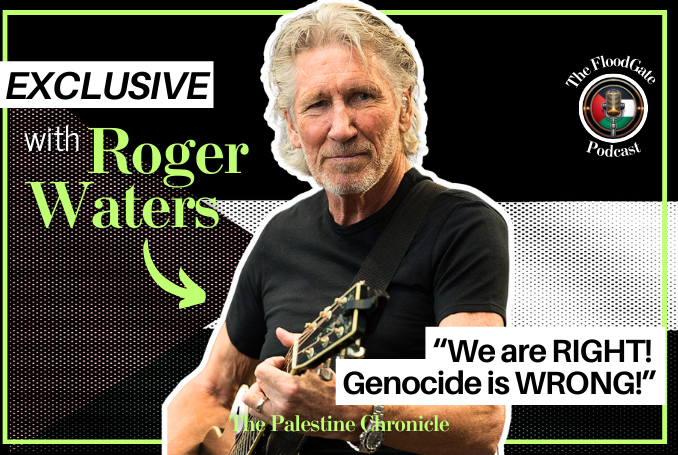

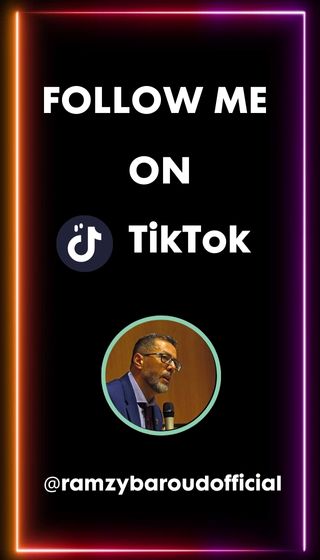













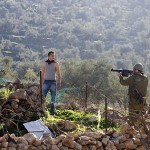



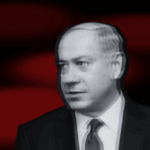

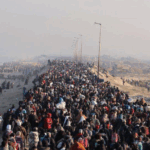
















0 Comments